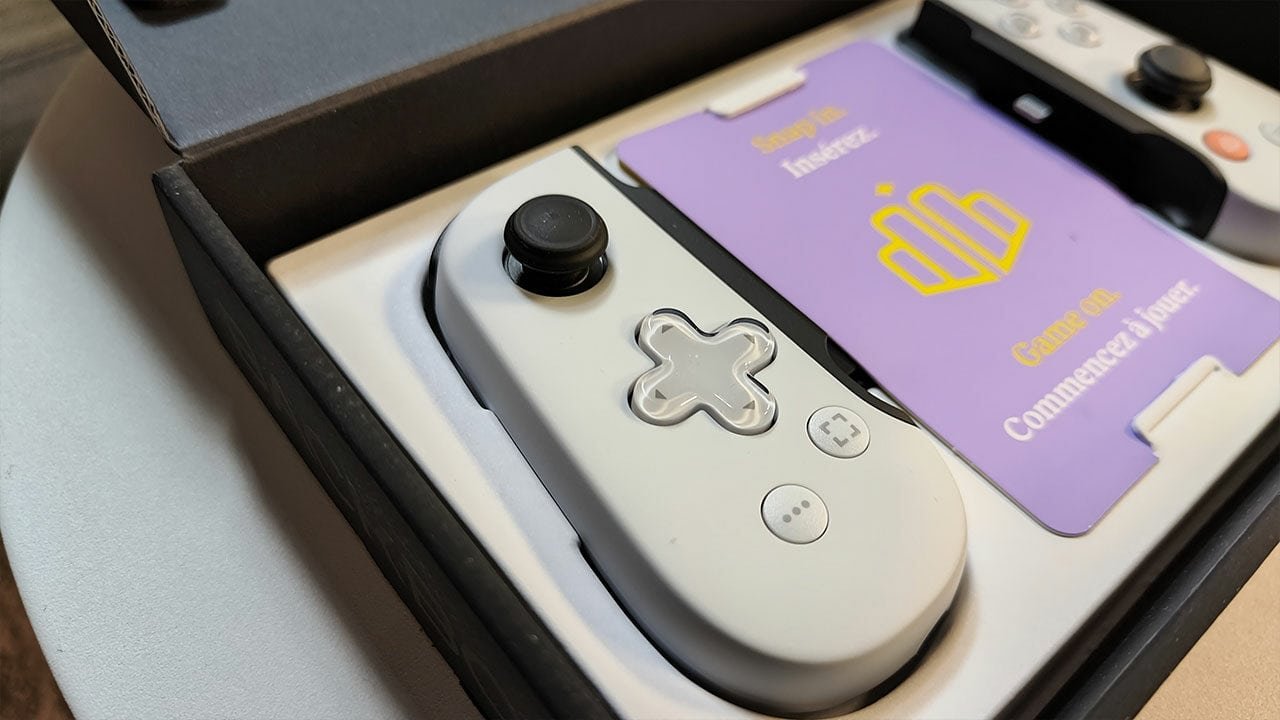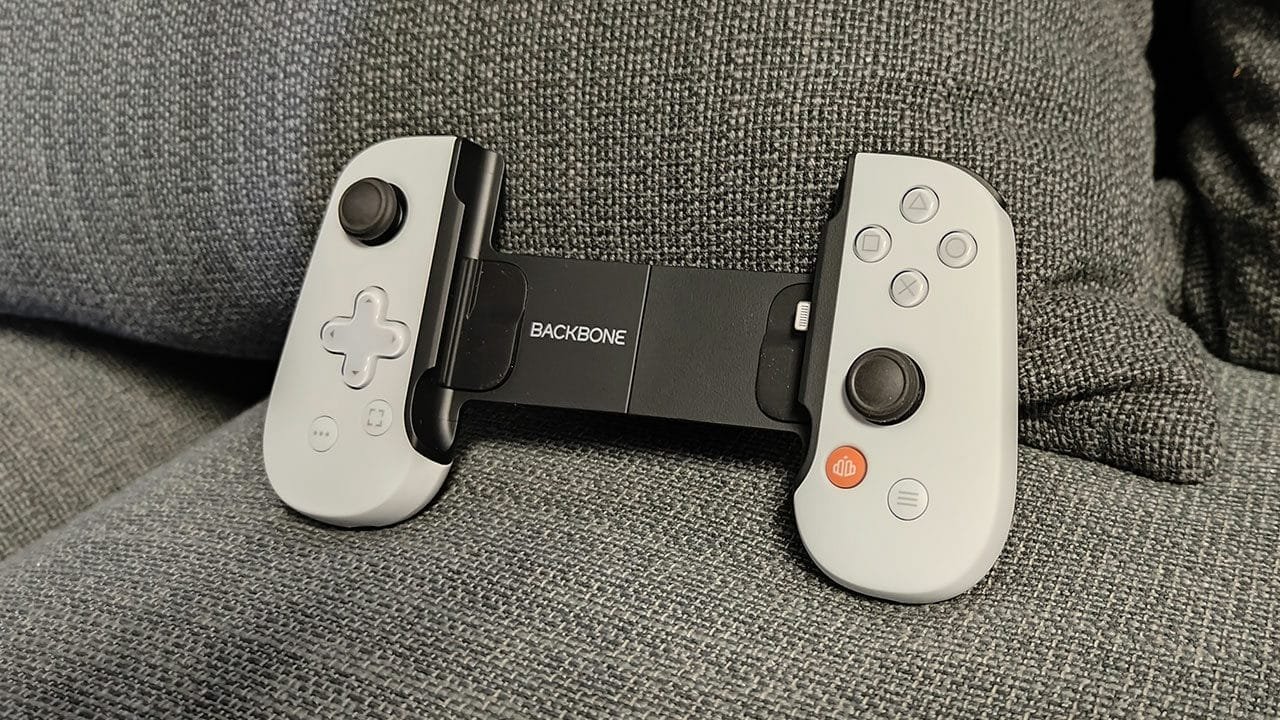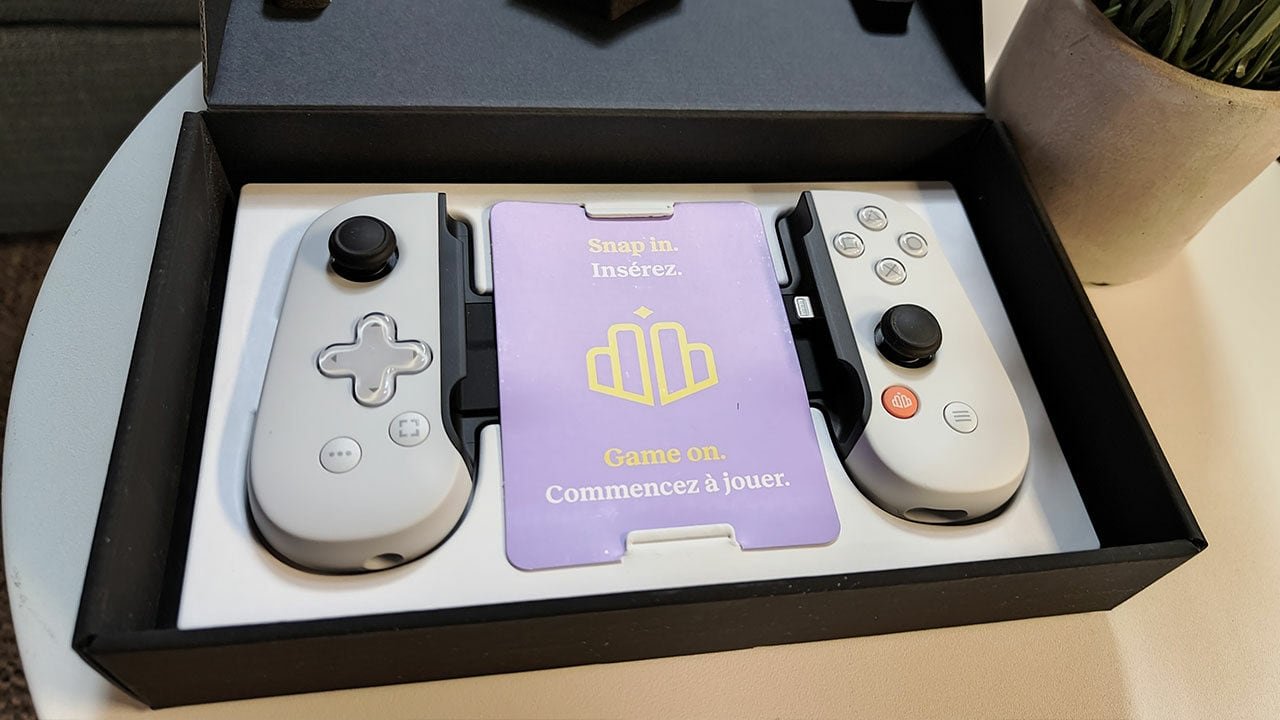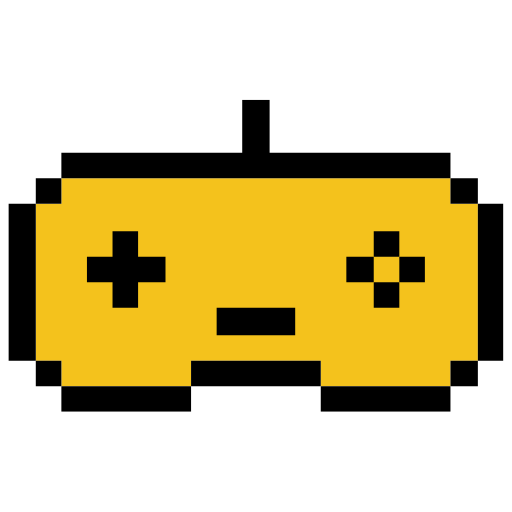
As a lifelong fan of both Sony and Nintendo, there is still one area where the House of N PlayStation has beat: the hybrid gaming experience. Say what you will about the Wii U, but that second-screen technology was a life-changer and the Switch continues its legacy today. The ability to play console games without straining the TV has made a world of difference, and oftentimes my Switch will be used a lot more just because of this convenience.
This is where the Backbone One controller comes in. Sony and Microsoft have both integrated Remote Play into their modern consoles, allowing gamers to stream software from their system to their phone. Backbone has made this process easier by providing a controller/phone grip that can essentially turn your iPhone into a Wii U gamepad.
(For the purposes of this review, we got an iPhone model, but the pros and cons will generally apply to the Android edition of Backbone. I tested the product with an iPhone 13, but it is compatible with “all iPhones with the latest iOS software.” That said, iPhone 13 Pro and 13 Pro Max, or other models with larger camera bumps, should use the included adapter to ensure a better fit.)

The Backbone One, like the Razer Kishi, is a handle that wraps your smartphone for an enhanced gaming experience. Simply slide out the right grip, place your phone in the grooves and close the grip to connect the device to the Lightning port.
“What I immediately liked about the Backbone One over other grips I’ve tried is the sturdy, yet easy handling of the device overall”
What I immediately liked about the Backbone One over other grips I’ve tried is the sturdy, yet easy handling of the device overall. Where others may feel weak or require an uneasy balance of power to place the phone, Backbone’s grip is just as strong and intuitive as the company’s namesake. There was no hassle at all to remove or insert my phone apart from removing the usual case beforehand.
What it gives up in complete foldability and compactness, it makes up for in sturdiness. Without feeling bulky or heavy, the Backbone One feels structurally sound; the contracting arms that extend to fit your phone give total confidence that your phone is safe.

Since this is the PlayStation edition, the design complements the DualSense controller. It does, however, switch the locations of its clickable analog sticks. Where the DualSense has both thumbsticks in the middle area, the BackBone One uses the same staggered layout of the Switch Pro Controller or Xbox’s gamepads. A silent D-pad sits below the left stick with the record and “select” buttons, with the four face buttons above the right stick and the Backbone and “start” buttons at the bottom of the right.
Compared to the DualSense, the Backbone One feels slim; I found myself missing the heavier grips and haptic feedback of the PS5 controller, and the thumbstick orientation took some acclimation in my favorite PlayStation titles. However, it’s also very comfortable for longer sessions, and I quickly forgot about the differences beyond the most heated firefights.
Once the phone is plugged in, it’s time to game. Users are strongly encouraged, but not required, to download the app from Backbone. It’s a small, relatively unobtrusive piece of software that can function as a hub screen for your dedicated phone gaming experience. This app can be accessed by pressing the orange Backbone button near the right thumbstick.

Again, while I was reviewing the PlayStation Edition, the PS5’s Remote Play was my focus, and neither the service nor the Backbone One disappointed. Haptic feedback was noticeably absent at some points, but that’s also a sacrifice I can make to play my PS5 games Switch-style. There was no feedback delay on the controller or app side; other than the other grip, there was little impact on my performance in online shooting games.
That said, there are a few caveats, and none that really get in the way of the Backbone One, rather bigger systemic issues that could affect the mileage of other players with this or any other device.
Remote Play can be crippled by poor internet or network performance (just ask the Stadia), you essentially turn your phone into your game console temporarily, and notifications or other interruptions can interrupt your experience. I once tried slapping a notification, accidentally clicked it and my PS5 disconnected when the app lost focus. Consider turning off non-essential push notifications when you get into a heated online game.

Of course, despite this particular edition’s PlayStation branding, the Backbone One is also a viable option for Steam and Xbox remote play, or even controller-supported games on your iPhone itself. Using the controller on mobile games isn’t as universal as I’d like it to be right now, but it still sweetens this $140 grip’s deal.
The sleek design helps justify that price with a few nifty conveniences. First, the Backbone One does not require a charge of its own, relying on “minimal power from your phone”. Compared to the improved battery usage of Remote Play Services, this seemed like a drop in the ocean. If you’re really struggling with charging, there’s a pass-through charging port on the right to keep you in the game.
There is also a headphone jack on the left. Sure, you can still pair Bluetooth audio to your phone while using the controller, but it’s nice to see that it remains an option. That said, the game audio still came out nice and clear from my iPhone 13, despite the speakers being obscured by the grip.

0 Comments